Animal cells could be used to make "Frankenstein-esque hybrid organs"
This synthetic biology project by design graduate Agatha Haines proposes using animal cells to print new types of organs, which could be implanted into humans to prevent heart attacks or strokes (+ movie)
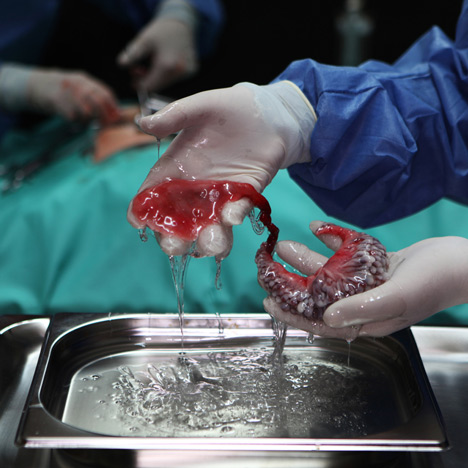
Agatha Haines' graduation project from the RCA's Design Interactions course is called Circumventive Organs and illustrates how "Frankenstein-esque hybrid organs could be put together using cells from different body parts or even different species."
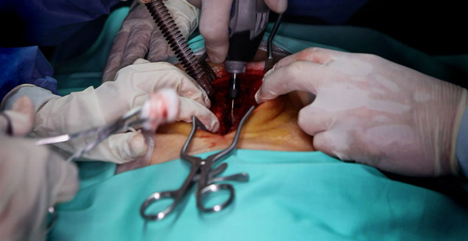
The project proposes using cells from animals such as rattlesnakes, leeches or electric eels to create organs that could perform tasks like kick-starting the heart following a heart attack or thinning blood clots on the brain.
The organs would be made using bioprinting technology, a type of 3D printing that can construct living tissue using a print head that deposits layers of living cells.
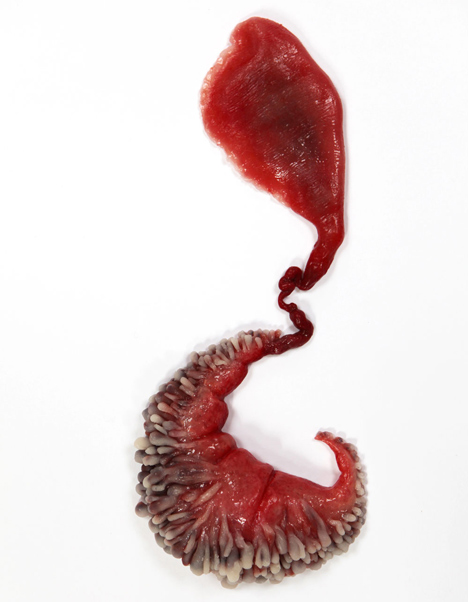
Haines said many human disorders could be compared to "mechanical faults" that could be cured by installing biologically enhanced organs. "If we could start viewing ourselves as just another everyday material, then this opens up lots of opportunities for design and change," she said.
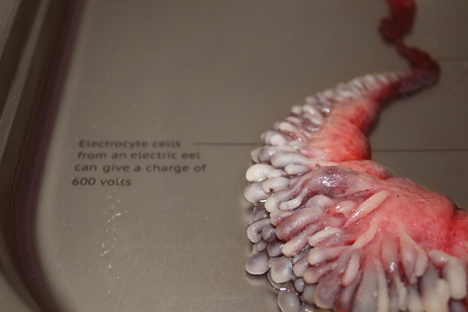
Designers could print new, improved organs that "we would take millions of years to evolve naturally," Haines said.
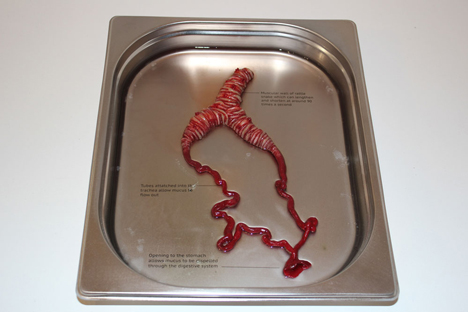
Her proposals include a defibrillating organ containing cells from an electric eel that would send an electric pulse to stimulate the heart if it recognises signs of a heart attack.

Another organ featuring muscles from a rattlesnake could be implanted into patients with cystic fibrosis to release mucus from their respiratory system and dispel it through their digestive system.
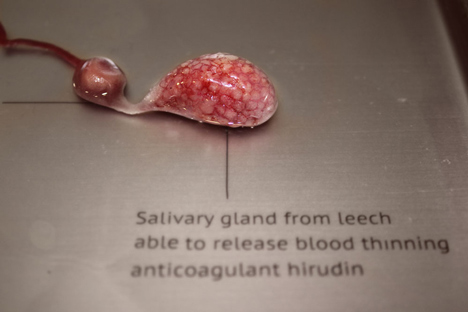
Cells from the saliva gland of a leech could be used to release an anticoagulant that would help break up brain clots and avoid the onset of a stroke.
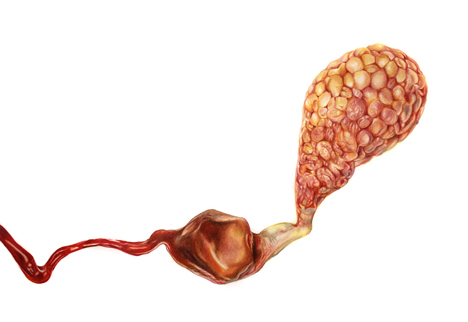
Haines produced drawings and models of the organs and a film that shows what it would look like to implant the defibrillating organ in a patient's body.
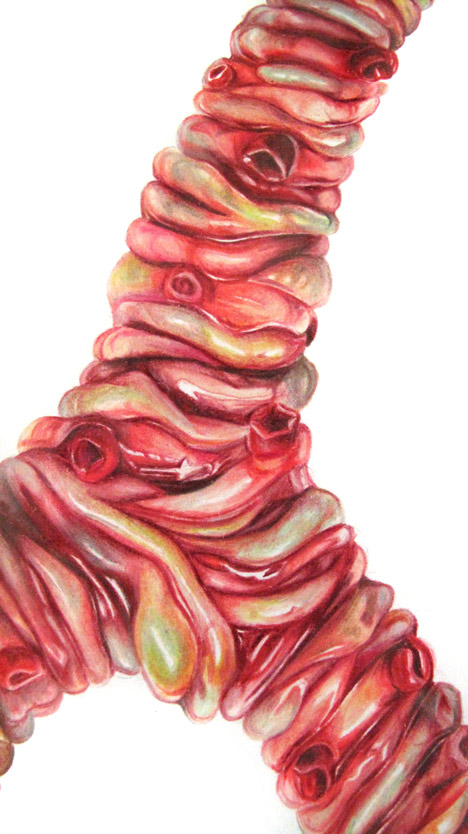
However Haines said that her ideas were unlikely to be realised for many years. "Bioprinted organs have not yet been tested in humans, even when made out of human cells, so the possibility of combining multi-species organs which have been bioprinted and surgically implanting them is something that is probably not going to happen for quite a long time."
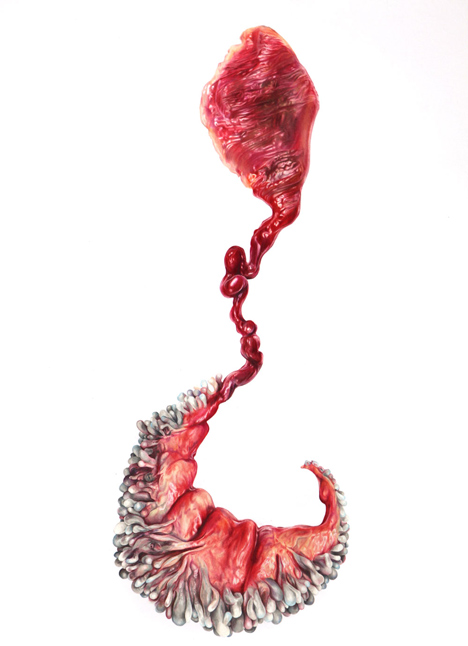
The project is on show at Science Gallery in Dublin as part of Grow Your Own... Life After Nature, an exhibition exploring synthetic biology - an emerging discipline that proposes the creation of artificial organisms to perform useful tasks.
The exhibition also includes a project by designer Alexandra Daisy Ginsberg that proposes releasing patented creatures into the wild to clean up pollution.